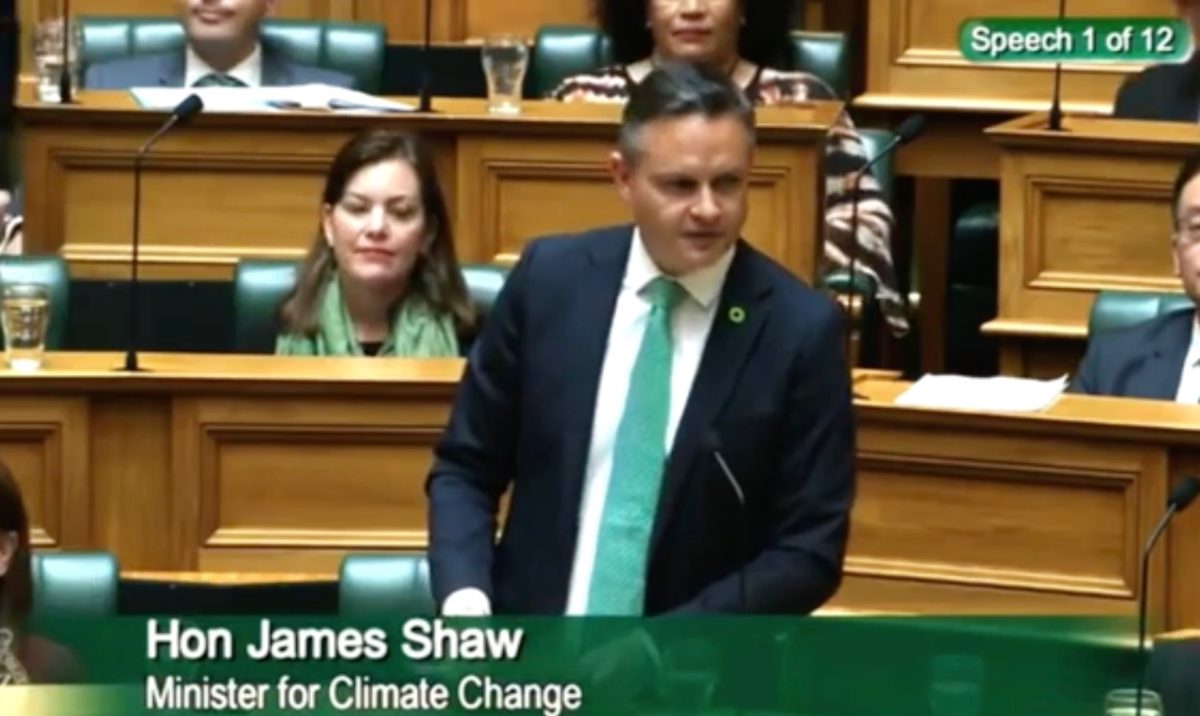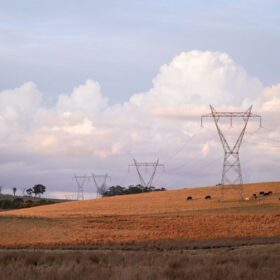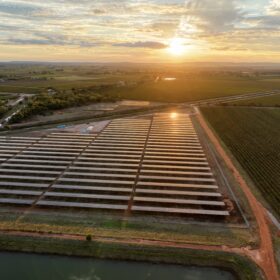There are few things worse than being shown up by your littler sibling, but that is exactly what’s happening among kindred antipodeans. While in Australia the politically pubescent climate wars have leaked into a new decade, across the ditch in New Zealand (NZ) the Kiwis are getting on with the job.
This week has seen significant reform to New Zealand’s Emissions Trading Scheme (ETS), a scheme which began way back in 2008 and constitutes the country’s principal policy response to climate change. The reform of the ETS, sometimes known as a ‘cap and trade’ system, was, remarkably, to introduce a cap. NZ Minister for Climate Change, James Shaw, said that this reform would finally allow the ETS do cut greenhouse gas pollution as it was originally intended to.
That new cap on the ETS is of 160 million tonnes of CO2 or equivalent greenhouse gases over 2021-2025, along with a provisional emission budget of 354 million tonnes. The cap itself is subject to independent Climate Change Commission (CCC) scrutiny, and the CCC can advise the government on future emissions budgets.
The introduction of a cap makes concrete the ETS emissions control, meaning prices will be more predictable the market can know where it stands for at least the next half-decade. “An effective Emissions Trading Scheme is a key part of what needs to be done,” said Shaw. “Unfortunately, the rules set by previous Governments left the scheme too weak to have any real impact on reducing our emissions.” This is to say, the cap gives the ETS teeth.
Until now, NZ’s ‘cap and trade’ system had been all trade and no cap, making it about as useful as a ladder to a magpie. The original thinking, or lack-thereof, behind a capless domestic scheme was that previous Governments had designed the policy to operate within a broader global cap set by the Kyoto Protocol. Of course, in pale hindsight, we know the Kyoto Protocol was about as likely to reduce carbon emissions as I am likely to reduce carbohydrates. Thankfully, as science and global policy have advanced, NZ has realised that without a cap its permitted emissions were, in effect, unlimited, making the policy little more than a glorified Swear Jar.
Swan says that the new ETS reform will “better translate out emission reduction targets into a predictable emission price, which will incentivise our biggest polluters to invest in the transition to a clean, climate-friendly economy.
How Does It Work
‘Cap and trade’ schemes are not unusual around the world, but they are by no means commonplace. NZ’s is one of 28 ETS in operation worldwide, a growing number which Australia for a brief moment could count itself a member.
Basically, greenhouse gas emitters (companies, not individuals) are required to offset each unit of emissions they report over the limit with the purchase of credits sold by carbon sinks (such as forest planters). A market is thus created with an incentive to reduce emissions either by buying offsetting credits or reducing emissions in-house through a measure such as renewable energy uptake.
Movement on Methane
Last year, NZ passed the Zero Carbon Bill, a bill which saw NZ commit to net-zero emissions by 2050, a bold move which also included the establishment of the CCC. However, the Bill received warranted criticism for choosing not to include methane in its emissions reductions targets, hardly a mystery when one considers methane is produced primarily by agriculture and agriculture is NZ’s largest industry.
The curbing of agricultural emissions still remains NZ’s biggest challenge. However, as a start, NZ has given farmers until 2025 before they have to start reporting their emissions, and Shaw, meanwhile, has asked the CCC for advice on reducing biogenic methane emissions.
According to the NZHerald, Shaw remains confident that the Government can develop and on-farm emissions pricing system for agriculture outside of the ETS, but that if such a measure proved impossible, agriculture would be brought into the ETS.
ETS reform comes at a critical time as NZ, like everyone else, makes decisions about its economic recovery from the impacts of Covid-19. Clearly, NZ is taking the high road, Australia on the other hand, is still arguing at the fork in the road many miles back.
ETS reform still requires a Third Reading before it becomes law.
This content is protected by copyright and may not be reused. If you want to cooperate with us and would like to reuse some of our content, please contact: editors@pv-magazine.com.








By submitting this form you agree to pv magazine using your data for the purposes of publishing your comment.
Your personal data will only be disclosed or otherwise transmitted to third parties for the purposes of spam filtering or if this is necessary for technical maintenance of the website. Any other transfer to third parties will not take place unless this is justified on the basis of applicable data protection regulations or if pv magazine is legally obliged to do so.
You may revoke this consent at any time with effect for the future, in which case your personal data will be deleted immediately. Otherwise, your data will be deleted if pv magazine has processed your request or the purpose of data storage is fulfilled.
Further information on data privacy can be found in our Data Protection Policy.